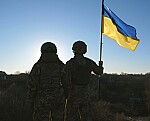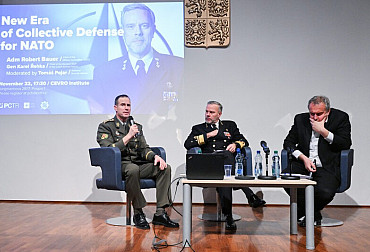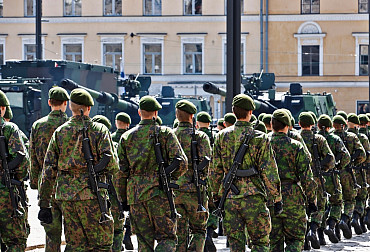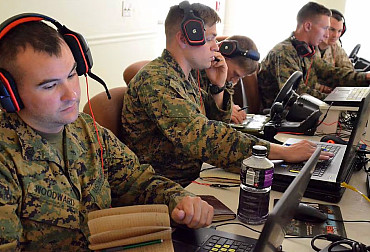The present and future of the Bundeswehr
After decades of change, Germany has shifted its view of its own security. Russia's attack on Ukraine in 2022 shook the European security system and became a catalyst for historic change in the federal government's defense policy. Chancellor Olaf Scholz described the new era as a "Zeitenwende" – a turning point in history. The Federal Republic has decided to break out of years of stagnation, significantly increase military spending, and restore the Bundeswehr's defense readiness.
The German army, once a strong pillar of NATO during the Cold War, has suffered in recent decades from underfunding and outdated technology. That is now changing. Unprecedented funds have been released for rearmament and the restoration of the army's capabilities, including a special fund of €100 billion. The Bundeswehr is to be modern, interoperable, and a fully combat-ready force capable of facing conventional and hybrid threats.
One of the basic prerequisites for a functional army is sufficient personnel. Germany therefore plans to increase the number of Bundeswehr soldiers to 203,000 by 2031. The number of reservists should increase from the current 60,000 to 200,000. However, this goal is facing reality—the army has long struggled with recruitment and low motivation. The ability to offer an attractive career, modern equipment, stable facilities, and social prestige will play a key role. In addition to a professional core, there is increasing talk of the possibility of returning to basic military service or a hybrid form. In this context, German Defense Minister Boris Pistorius has proposed that every 18-year-old man receive a questionnaire in which he can express his opinion on whether he is willing to serve in the army. His model assumes that 40,000 of the 400,000 respondents will be selected for a medical examination, and 10,000 of them will be accepted for basic training. In 2022, when Russia invaded Ukraine, there was a major shift in defence spending, and Germany recently announced its intention to spend 3.5 per cent of its gross domestic product (GDP) on defence and an additional 1.5 per cent of GDP on military infrastructure.
Ground forces (Heer)
The German Army's ground forces currently have 60,000 soldiers and 34,100 reservists. In the heavy armored vehicle category, the Bundeswehr is focusing primarily on modernizing its tank fleet. It currently has approximately 313 Leopard 2 tanks (209 A5/A6 and 104 A7V), but the goal is to increase the number of deployable units and upgrade them to the modern Leopard 2A8 standard. The latest news is that Germany intends to purchase another 1,000 Leopard 2A8 tanks. In the future, the Leopard 3 tank is planned, with the first units to be introduced around 2030. In the area of infantry fighting vehicles, the Germans have 680 IFVs, of which 330 are Marder 1 A3/A4/A5. Another 350 are Puma, which should fully replace the aging Marder IFVs. The next armored item in the inventory is wheeled/tracked armored personnel carriers. The tracked class is represented by 75 Bv-206S and 37 M113 vehicles. The wheeled class consists of 331 Boxers (According to some sources, up to 2,500 vehicles of this type are being considered.) and 351 Fuchs OT vehicles. The newly announced acquisitions of armored vehicles will enable Germany to create additional tank brigades and divisions, thereby completely transforming the ground component of its armed forces into a truly formidable fighting force. The numbers of armored vehicles (MBT, BVP, and OT) to be purchased in the future are currently unclear. The media are reporting both the above-mentioned figures and fantastic numbers counting on the purchase of 10,000 armored vehicles of all three categories.
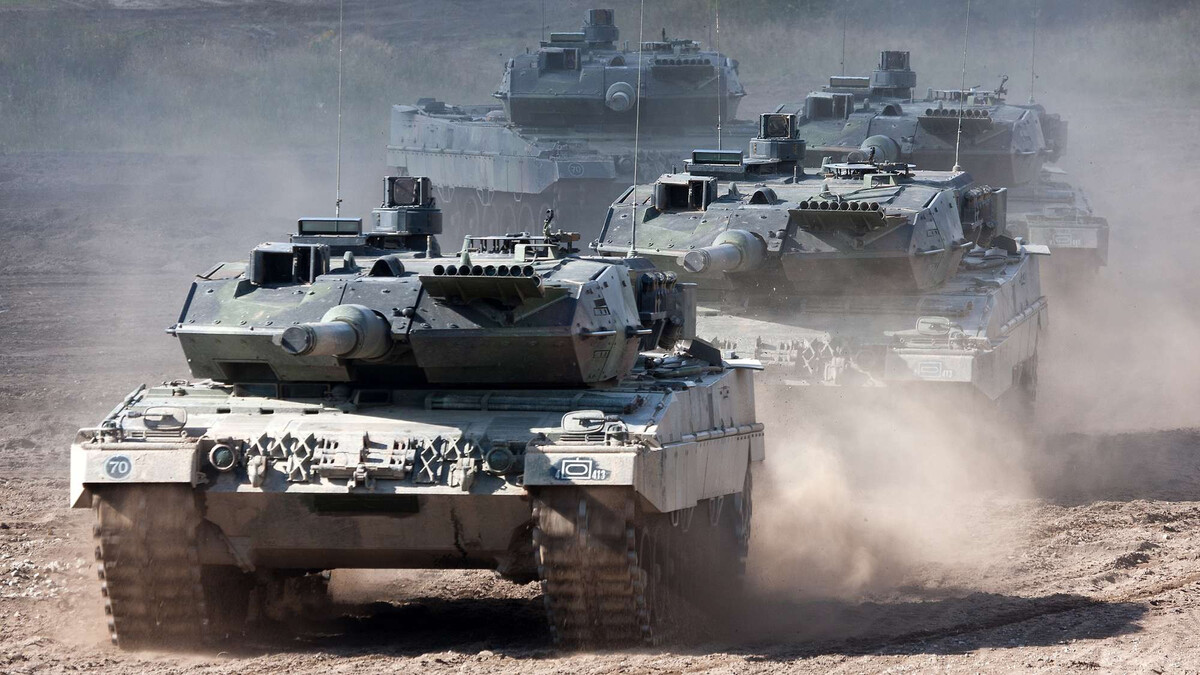
The Bundeswehr artillery relies mainly on 109 self-propelled PzH 2000 155 mm howitzers, some of which were transferred to Ukraine and subsequently compensated for with new orders. There are also plans to purchase new systems, including cooperation with France on the development of a new-generation artillery system (Future System Artillery project). The Bundeswehr operates rocket launchers in the form of the American M 270 MLRS system, of which it has 38 units. In the field of mortars, 120 mm mortars remain the standard, with 98 units, 40 of which are self-propelled on M113 chassis. It is interesting to note that the entire German artillery, including both gun and rocket artillery, is less numerous than the artillery of a single Polish division, which typically has 120 howitzers and 48 rocket launchers at its disposal.
The German Army uses Tiger helicopters (51 units) as combat and multi-purpose helicopters. In addition to these combat helicopters, the Heer also has 82 NH90 helicopters and 26 light helicopters Bell 206B3, H135, and H145. Air defense is being developed at all levels. For very short and short ranges, the army uses Ozelot systems (Stinger on a Wiesel chassis), of which there are approximately 67 in service. The newly introduced IRIS-T SLM is becoming the key medium-range system, with the first few units already ordered and partially delivered. In the area of strategic air defense, the purchase of the Israeli Arrow 3 has been approved to provide defense against ballistic threats at the German and European levels.
Air Force (Luftwaffe)
The German Air Force is undergoing a fundamental transformation in response to the deteriorating security environment and the need to fulfill its NATO commitments. Modernization is underway in all areas, from combat aircraft and transport capabilities to air defense. The Luftwaffe is striving to combine the operation of proven platforms with the purchase of state-of-the-art technology, while also participating in the development of future European systems. The German Air Force currently has 27,000 personnel (+4,800 reservists).
The Luftwaffe currently operates approximately 138 Eurofighter Typhoon fighter jets, with another 35 on order. These serve not only in an air superiority role, but also as carriers of precision-guided munitions for strikes against ground targets. Newer versions of the Eurofighter will be equipped with AESA radars and the ability to carry long-range Meteor missiles. A key decision taken after 2022 was the approval of the purchase of 35 F-35A Lightning II aircraft from the American company Lockheed Martin. These are primarily intended to replace the aging Tornado IDS/ECR fleet and ensure the ability to carry nuclear bombs. The first F-35As are to be delivered in 2026, with full operational capability expected around 2030.
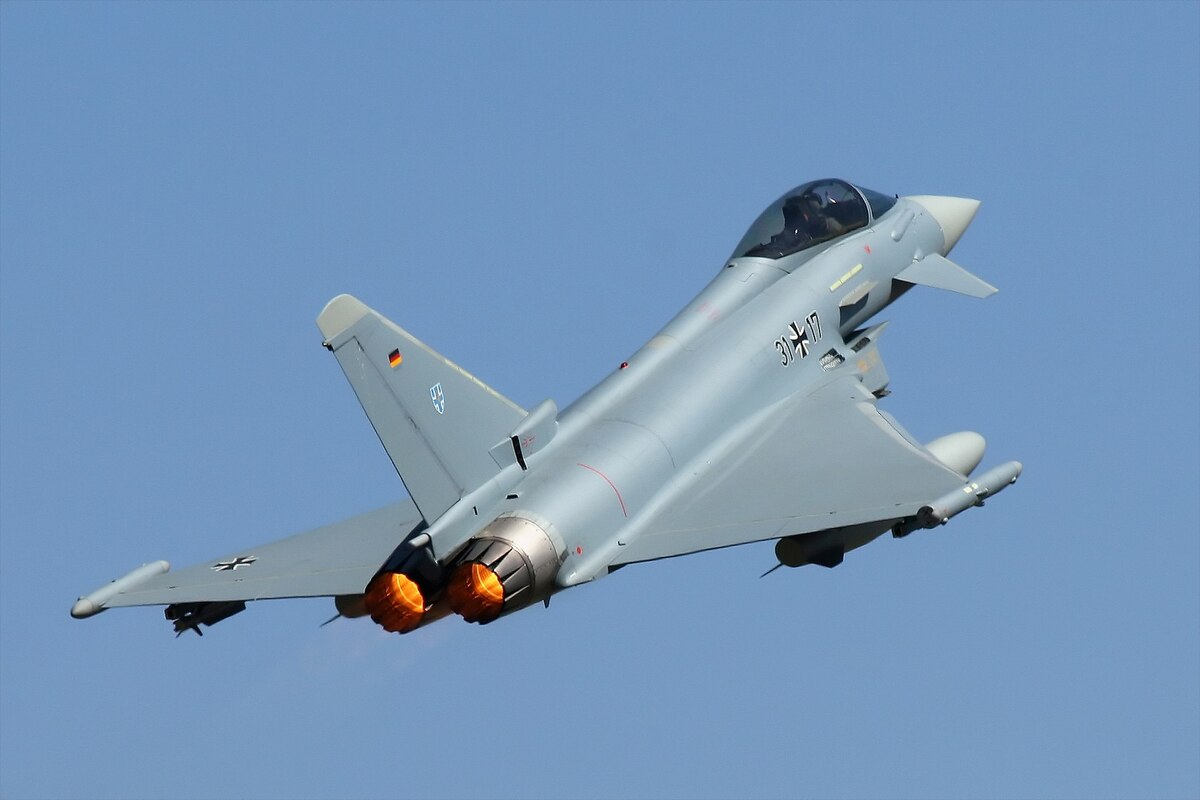
The Panavia Tornado aircraft, of which the Luftwaffe still operates around 88, will remain in service until the end of the decade. They serve in a wide range of roles. Germany extended their service life in 2023, but no further upgrades will be carried out – the aircraft will be replaced by F-35s and modified Eurofighter ECRs. The training air force relies on a fleet of 40 T-38C Talons and, above all, 69 T-6 Texan IIs. In the helicopter sector, the Luftwaffe mainly operates heavy transport aircraft CH-53G (70 units), which are, however, reaching the end of their service life and will be replaced by newly ordered CH-47F Chinook – a total of 60 units.
The transport capacity consists of 47 Airbus A400M aircraft, which are used for strategic transport, airborne operations, and humanitarian missions. Germany plans to increase its fleet to 53 aircraft. Smaller aircraft such as the Global 5000/6000 for VIP transport and medical evacuation are also used. Unmanned aerial vehicles are beginning to establish themselves in the Luftwaffe, particularly in a reconnaissance role. The most important of these are the Heron TP and Heron 1. However, the air force is moving towards in-house production as part of the European Eurodrone project, which is being developed in cooperation with France, Spain, and Italy. The air force's air defense covers short and medium ranges thanks to the Patriot PAC-3 system. The proven American systems are now being joined by IRIS-T SLM, whose deployment should enable much more flexible defense of dispersed targets. There are also plans to join the European Sky Shield Initiative, which aims to build a comprehensive air defense system within Europe.
The Navy (Marine)
The German Navy is undergoing a period of intensive modernization, with the main emphasis on expanding its presence in the Baltic and North Seas. The Bundesmarine aims to become the backbone of NATO's northern wing within the naval forces, particularly in the context of the growing Russian threat in the Baltic and Arctic. It currently has a personnel of 15,350 and a further 2,300 in reserve.
The most important class of surface vessels currently in service are the F125 Baden-Württemberg frigates, designed for long-term missions with a minimal crew. There are four units in service. They are complemented by older but modernized F124 Sachsen-class frigates (3 units) and F123 Brandenburg-class frigates (4 units), which provide medium and long-range air defense capabilities. The upcoming F126 Niedersachsen missile frigates represent a completely new generation and are set to form the core of the future German navy. The first of the six vessels ordered is scheduled to enter service in 2028. The F126 frigates, with a displacement of over 10,000 tons, will effectively be destroyers or cruisers. However, for political reasons, Germany, like Japan, does not officially operate "imperialist" vessels such as aircraft carriers, destroyers, and cruisers. The K130 corvette class (Braunschweig) plays an important role in the field of smaller vessels. The first five units are already in service, and another five new units are under construction and are to be gradually introduced between 2025 and 2027. To ensure anti-submarine warfare and mine threats, the Navy has approximately 12 minesweepers of the Frankenthal and Ensdorf classes.
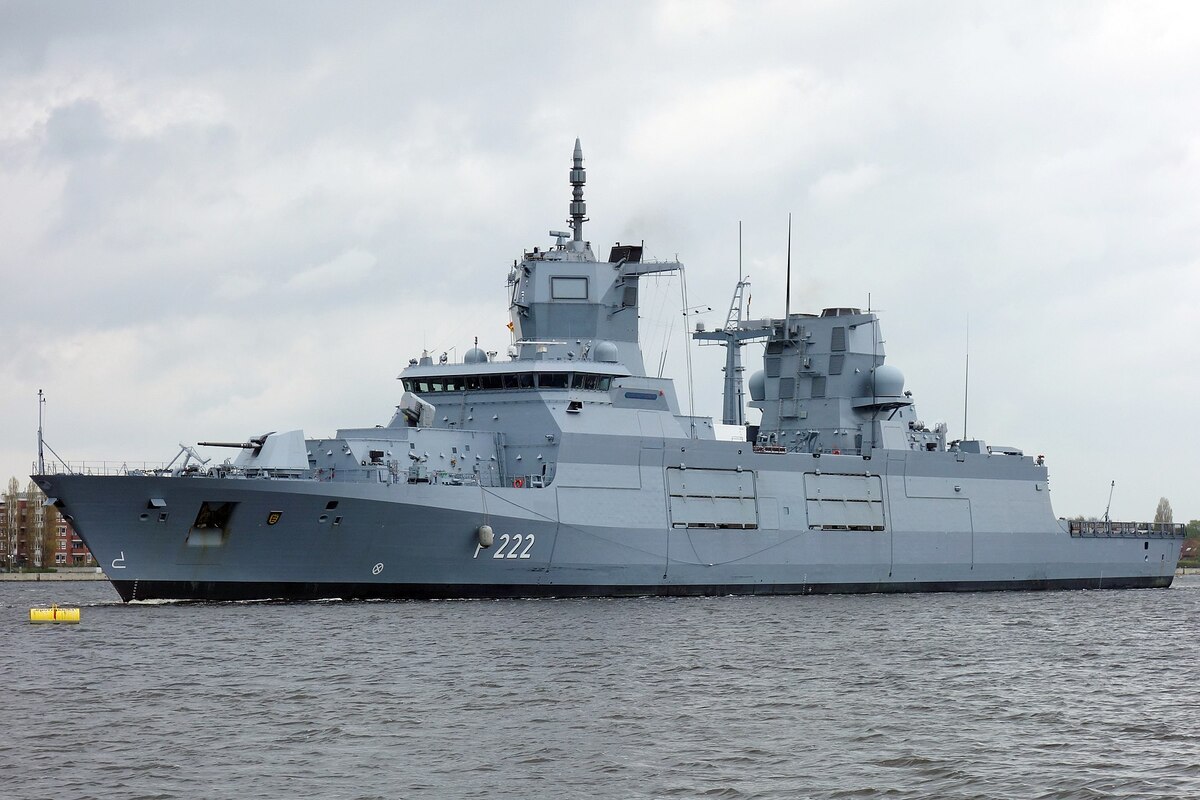
Submarine forces are one of the key capabilities of the Bundesmarine. Six Type 212A/B submarines are in service, which are among the quietest diesel-electric submarines in the world thanks to their hydrogen fuel cell propulsion. Germany and Norway are preparing to purchase a new version, the 212CD, with Germany ordering six units with an option to increase the order. The growing emphasis on naval aviation is also worth mentioning. The navy has eight P-3C Orion patrol aircraft, but these are reaching the end of their service life and will be gradually replaced by eight new Boeing P-8A Poseidon aircraft from 2025. These will provide maritime reconnaissance, anti-submarine warfare, and surface target tracking capabilities in the North Atlantic and Baltic Sea. The naval air force also includes 22 Westland Sea Lynx Mk 88 A helicopters, which are gradually being replaced by NH90 NFH helicopters, with a total of 31 units planned. Looking ahead, the Bundesmarine expects to have approximately 25-30 main surface combatants, 8-10 submarines, and a fully integrated system of unmanned and autonomous vehicles by 2035. The development also includes the modernization of naval bases (e.g., Wilhelmshaven) and command and control systems in cyberspace.
The unfavorable situation of the German armed forces is gradually changing. Until recently, Germany was considered a model pseudo-superpower, considering the ratio of its economic and military power. The tragicomic situation of the German army is underscored by an analysis by the German Institute for Defense and Strategic Studies (GDIS), which found that Germany would probably not emerge victorious from a potential conflict with post-Soviet Azerbaijan. Now, however, it is joining Poland as another rapidly militarizing country.




